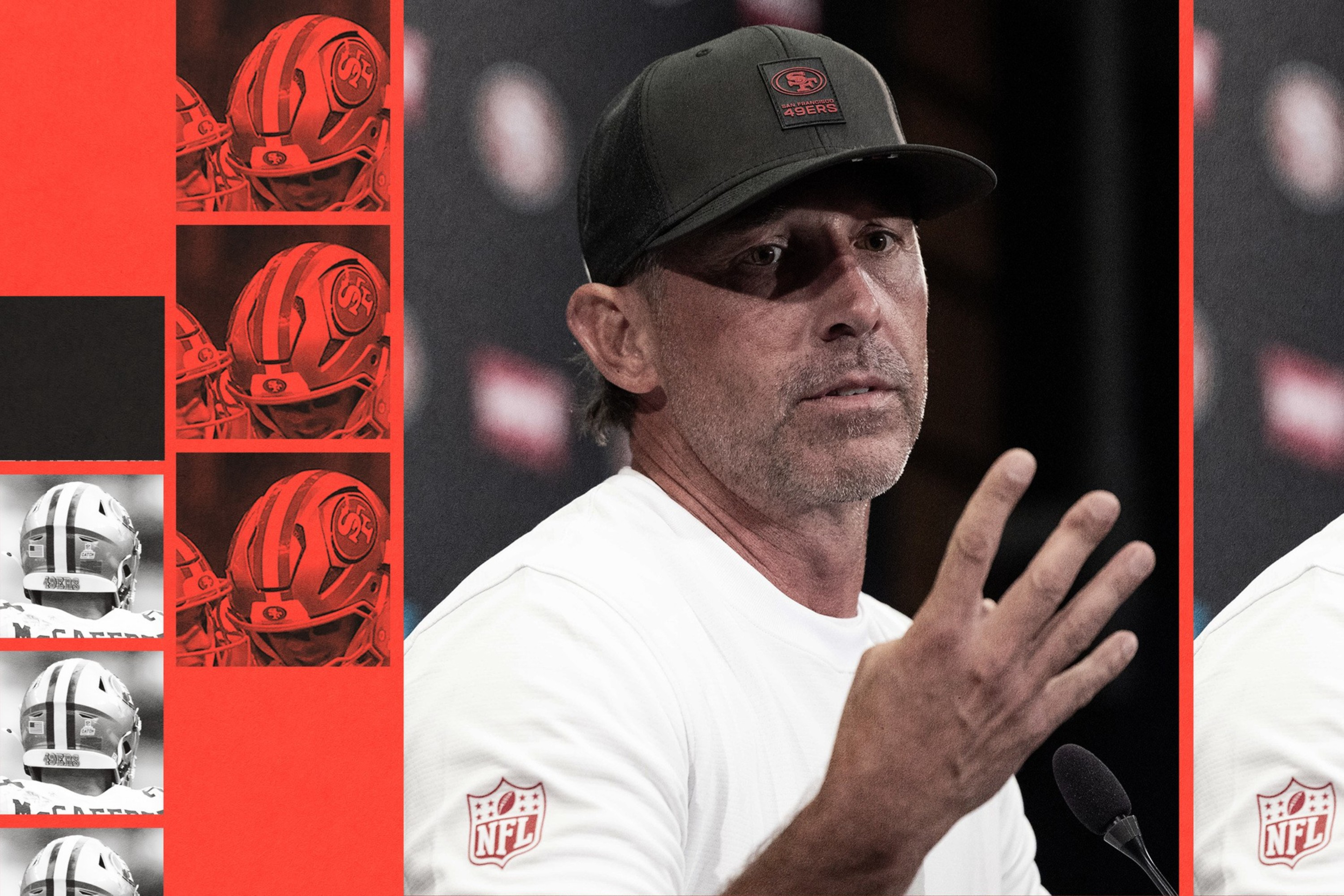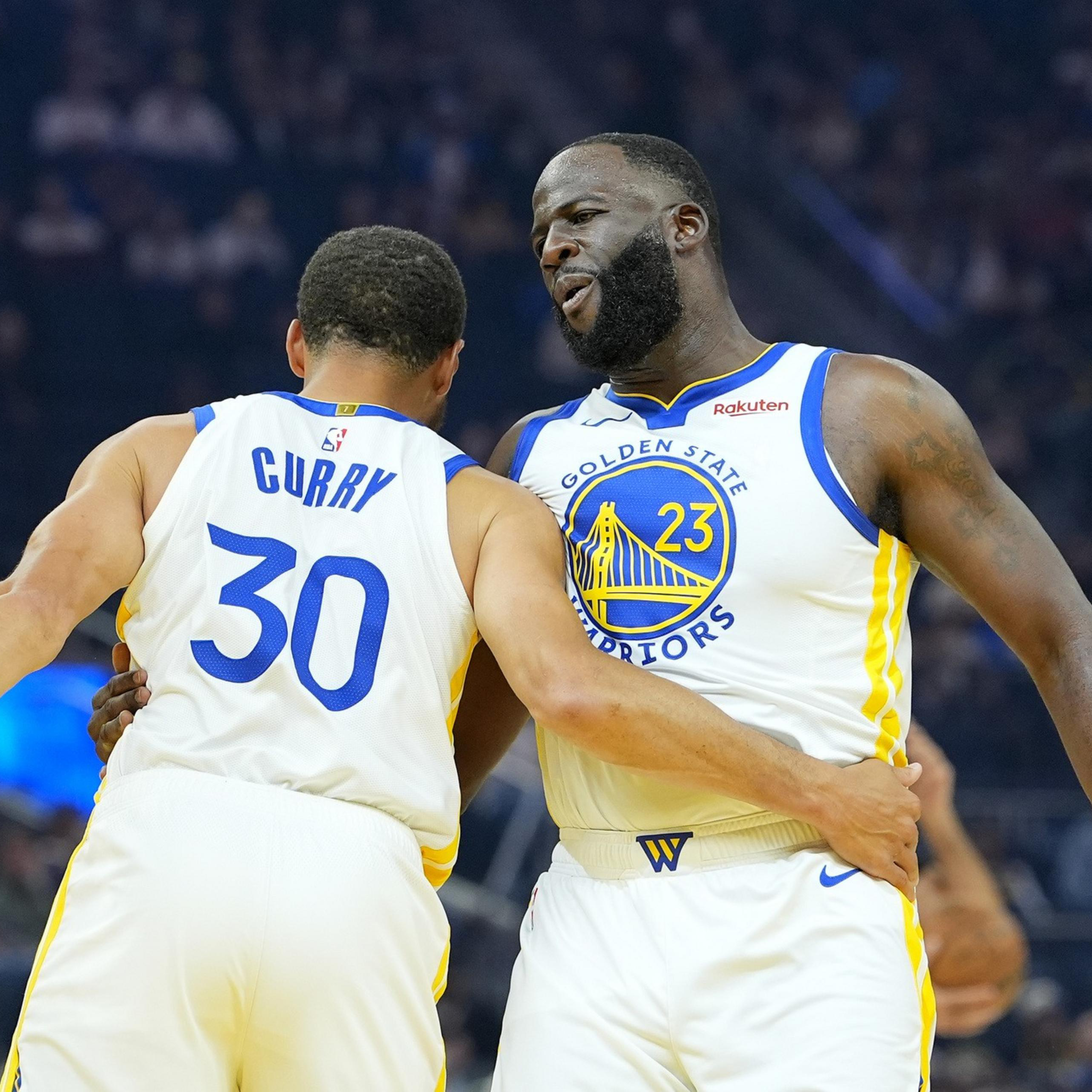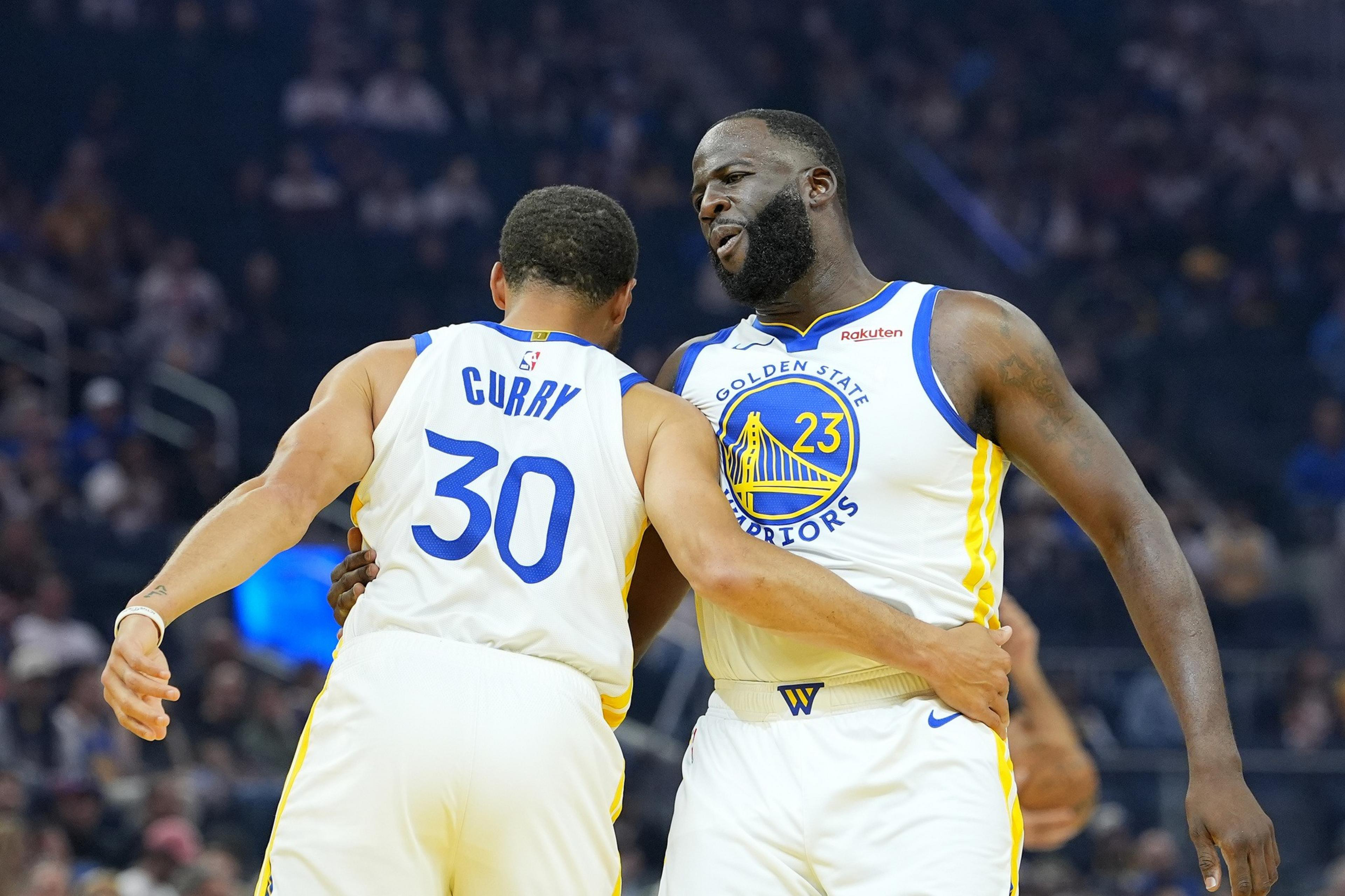This piece originally appeared in our twice-weekly sports newsletter Section 415. Sign up for the newsletter here and subscribe to the Section 415 podcast wherever you listen.
For the better part of 16 seasons, everything the Warriors have accomplished has been made possible by Steph Curry’s brilliance.
As Curry enters Year 17 with the franchise, Golden State’s hopes of surviving the Western Conference gauntlet and contending for a title still hinge on their superstar’s ability to defy the NBA’s aging curve and play at an elite level.
Curry’s supporting cast includes Jimmy Butler, Draymond Green, and Al Horford, a trio of players with a combined 15 All-Star nods and 496 playoff appearances. This quartet is the key to achieving postseason success and realizing unlikely dreams, but it’s unrealistic to expect four players age 35 and older to carry the Warriors through an 82-game season.
That’s where one of the surprising strengths of the Warriors’ roster, their quality depth, should come into play.
Section 415: After the 49ers’ 4-1 start, what’s a realistic outcome for this season?

Section 415: Buster Posey talks manager qualities, his first year on the job, and more

Introducing ‘Section 415,’ our Bay Area sports podcast

It’s been more than a decade since Steve Kerr introduced the “Strength in Numbers” mantra to the organization. The slogan was a nod to the belief that everyone inside the organization plays a role in creating a winning culture. It served as an ode to people working behind the scenes as much as it celebrated role players such as Shaun Livingston, Marreese Speights, and Leandro Barbosa, who were critical pieces of Golden State’s first dynasty era title.
Kerr still believes it takes strength in numbers to win a title, but the Warriors’ deep playoff runs have also revealed a different reality. When games, and series, are on the line, stars rise above the rest. Curry, Green, Klay Thompson, and Kevin Durant delivered signature moments during four championship seasons. Role players helped the Warriors stay afloat, but they aren’t the ones Kerr is drawing up plays for with seconds left on the clock.
On some nights this season, the Warriors’ coach might have no other choice.
Curry is entering his age 37 season. Horford will be 40 next June. Butler is 36 and Green is 35, but both have spent their careers playing the type of physically demanding defense that would make lesser athletes consider retirement. These four players won’t be available every game – Horford doesn’t play back-to-backs anymore – and it’s clear team that GM Mike Dunleavy planned for this when assembling the roster.
This year’s Warriors roster features 11 players with a regularized adjusted plus-minus (RAPM), which is tied with the reigning champion Thunder for the most in the NBA, according to ESPN (opens in new tab).
Setting and then adapting rotations will require experimentation and patience from Kerr and his staff, but the Warriors should have an advantage over most opponents when their second unit takes the floor because a decent chunk of their bench players – Jonathan Kuminga, Brandin Podziemski, and Buddy Hield among others – would probably start for lesser teams.
The Warriors’ bench has flawed players, but on most nights, Kerr will be able to go 10-to-11 deep in his rotation without putting his team at a disadvantage.
For an organization determined to give Curry another shot to lead a magical playoff run, the best way to create that opportunity is to ease the burden on him during the regular season.
With this year’s roster, Golden State can make a coveted postseason push possible.

